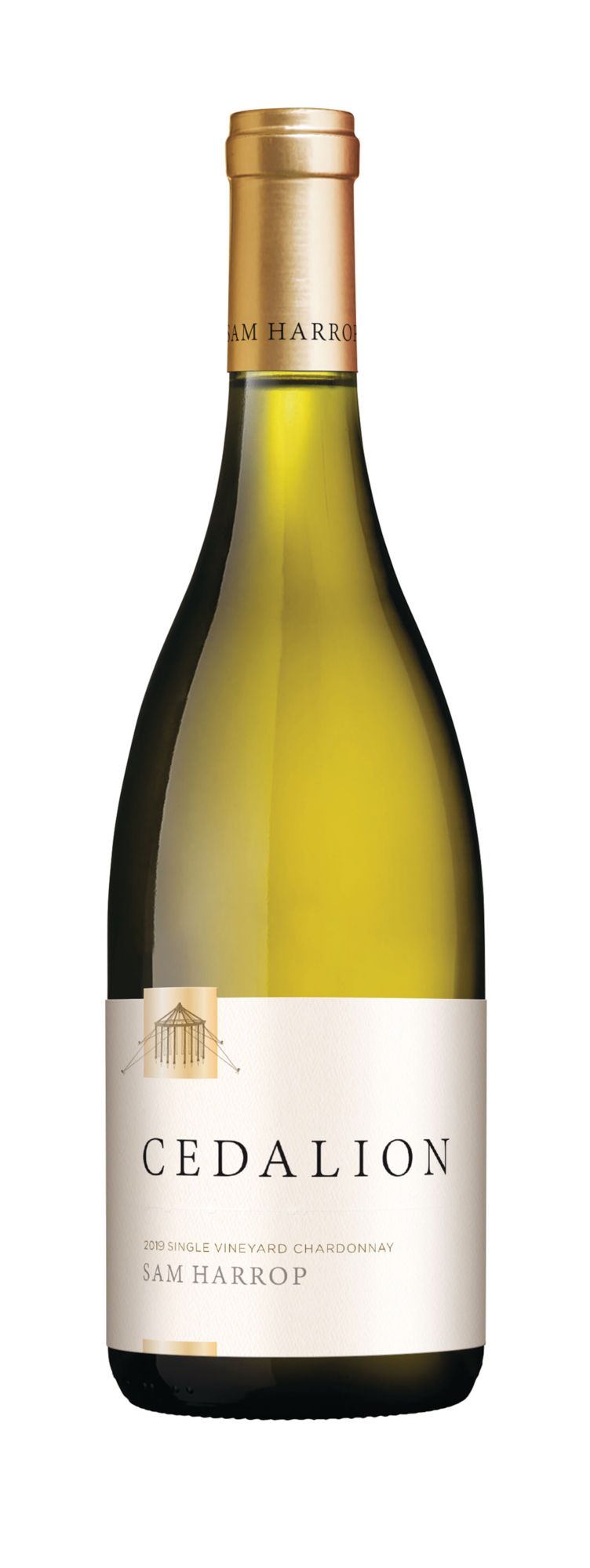New Zealand’s wine industry has more to offer than just sauvignon blanc. In fact, our resident wine expert argues, it’s just getting started
Over the past few months, while I’ve been stationed in New Zealand with my husband’s family, I’ve been contemplating the double-edged sword of basing one’s reputation on doing one thing extremely well. That can be true not only for a person, but also for a place. Ask virtually anyone what wine they would expect to drink in New Zealand and the words “sauvignon blanc” come tumbling out faster than you can unscrew a cap.
New Zealand’s sauvignon blancs have been such a hit over the past few decades that the country’s entire export strategy was built upon their back. Pinot noir, the second most planted grape variety here, is another key pillar of New Zealand’s image, its juicy fruit and electric brightness making it the perfect red counterpart to Marlborough sauvignon. The flip side of that monstrous success is that New Zealand’s countless other beautiful varieties get short shrift in the media and most people will never think to try them. And I am here to tell you that would be a huge shame. The wines are glorious today and will, I believe, be even better going forward.
This trip has cemented my view that New Zealand is that unicorn of a wine country making wines restrained enough to please Europhilic palates, but with an extra degree of lucent, pristine fruit. To my palate, the three most exciting and as yet undiscovered categories are chardonnay, syrah and Bordeaux blends. Many of these New Zealand wines bear more than a passing resemblance to those made from the same grapes in their European homeland decades ago.
Very few wines made in Bordeaux today scream “claret” to me the way the wines of Providence, Te Mata or Te Motu do now; the sinuous slink of Fromm or Bilancia’s syrahs sings of the old days of Côte- Rôtie, Cornas or Hermitage. Even as Burgundy has started to relegate the dark years of prematurely oxidised whites to the pages of history, the French region cannot be totally assured of dominating Kumeu River’s Maté’s Vineyard or Villa Maria’s Keltern in a blind tasting.
There are several reasons to emphasise a long view. First is that New Zealand, unlike New World rivals South Africa, the US and especially Australia, doesn’t have much in the way of old vines. According to Bob Campbell MW, the country’s oldest vines are about 40 years old, while the other countries can each boast centenarian vines. In New Zealand, more than half the land under vine was planted in the past 20 years. Vines, like people, simply take a decade or two to become adapted to their environment and start to really reflect their terroir, something all true wine lovers seek when they pop a cork.
The second reason is the sticky and uncomfortable topic of climate change, something that makes landowners in more vulnerable Old World regions supremely uneasy. New Zealand has been consistently ranked very highly in its readiness to adapt to climate change, given its historically cool climate and proximity to the ocean. If you visit Marlborough, for example, you’ll be struck by the contrast to a hilly European wine region, as instead of precarious hillside vineyards you’ll see a vast green carpet spanning the valley floor.
And my final reason is the impressive longevity of New Zealand wines, something very few people have yet experienced. So far, I haven’t found many sauvignons or pinots that improve over time. However, an Auntsfield 2005 sauvignon I tried in 2019 had evolved jellied, luscious layers of mango and green plum rather than devolving into cabbage soup, as too many sauvignons are sadly prone to do.
Perhaps it’s their screw caps or else their trademark acidity that makes the older New Zealand chardonnays, syrahs and Bordeaux blends I have been lucky enough to try into things of beauty, their acute angles honed into fine contours, their sinuous fruit solidified into a lustrous glaze. Several of the older wines I have listed below are not commercially available, but I’ve included them to give an indication of what they are like with some age. Those less than ten years old are more broadly available and are absolutely worth hunting down.
See also: Two Moons Distillery's Dimple Yuen On Why She Loves Fermented Tofu With Red Wine
Chardonnay
Chardonnay had previously moved away from big, buttery styles and towards a skinny, lean, unoaked style that was clean, but often uninspiring. More recently, winemakers have replaced oak with a “flinty” reduction, resulting in a scent that resembles struck matches at its best and burnt tires or onions at its worst. New Zealand is replete with styles that are fresh and clean with just the right level of flint, in a spectrum of styles. The wines below are organised from most delicate to most robust.





